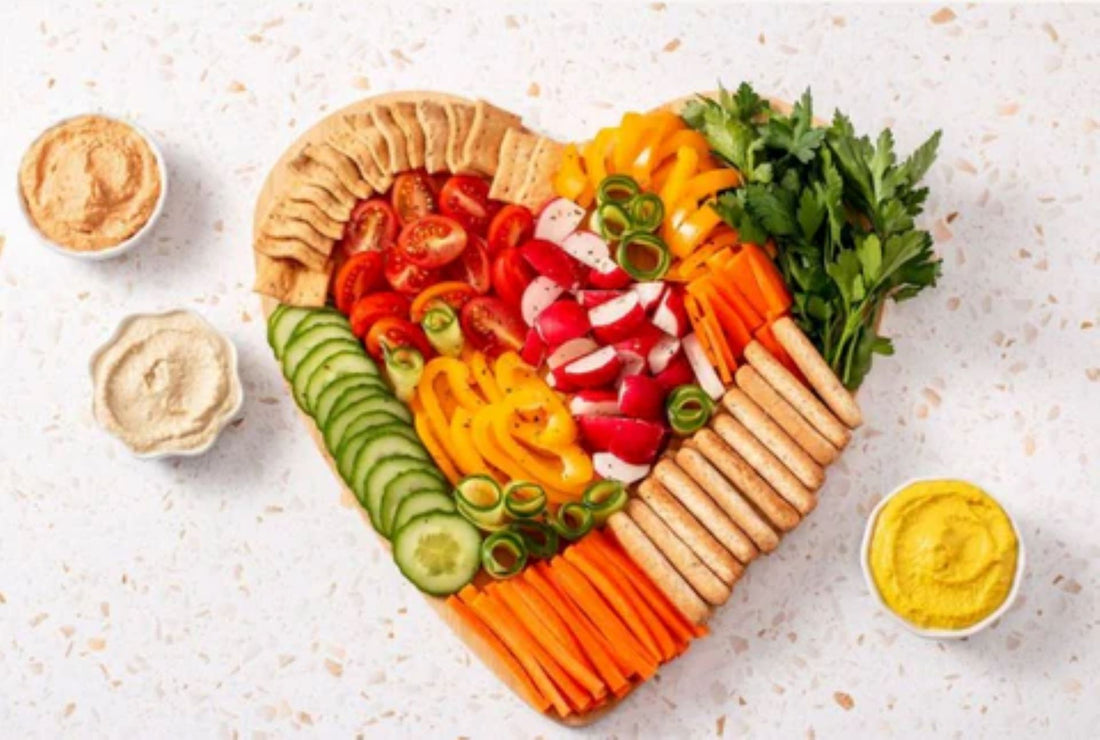
Are you tired of restrictive diets that make you give up your favorite foods just to shed a few pounds? Imagine a nutritional strategy that allows you to eat carbs while successfully achieving your fat loss goals. Yes, it's possible! Discover the transformative power of carb cycling and learn how to carbohydrate your way to a leaner, healthier you.

What is Carb Cycling?
Carb cycling is a dietary approach that alternates between high-carb and low-carb days to optimize fat loss, muscle retention, and performance. The fundamental idea is to consume carbohydrates (carbs) in a strategic manner to maximize your body's metabolic functions. On specific days, you increase your carb intake, while on others, you reduce it.
Why Does Carb Cycling Work for Fat Loss?
Carb cycling can be a game-changer for fat loss due to the various ways it affects your metabolism:
- Insulin Sensitivity: High-carb days can help restore levels of glycogen, the stored form of glucose, which is essential for insulin sensitivity and glucose management.
- Metabolic Boost: Oscillating your carb intake can rev up your metabolism, making it easier to burn fats and calories.
- Muscle Preservation: High-carb days provide the requisite energy for intense workouts, preventing muscle loss.
- Psychological Relief: Sometimes just knowing that you can eat carbs makes the diet easier to stick to in the long run.
How to Start Carb Cycling
It's essential to understand your unique nutritional needs before diving into carb cycling. Here are the steps to embark on this journey effectively:
1. Determine Your Daily Caloric Needs
Your Total Daily Energy Expenditure (TDEE) is the number of calories you burn in a day, considering both basal metabolic rate (BMR) and physical activity. Online calculators can help you find this number.
2. Split Your Macronutrients
Carb cycling involves manipulating your macronutrient ratios:
- High-Carb Days: 50-60% carbs, 15-20% protein, 20-25% fats
- Low-Carb Days: 10-20% carbs, 30-40% protein, 40-50% fats
3. Design a Weekly Plan
Typically, a carb cycling plan may look like this:
- Monday: High-carb day
- Tuesday: Low-carb day
- Wednesday: Moderate-carb day
- Thursday: Low-carb day
- Friday: High-carb day
- Saturday: Low-carb day
- Sunday: Moderate-carb day

What to Eat on High-Carb vs. Low-Carb Days
Knowing what to eat can make or break your carb cycling regimen. Below is a sample food list to guide you:
High-Carb Days
- Oats
- Sweet Potatoes
- Brown Rice
- Quinoa
- Fruits
Low-Carb Days
- Leafy Greens
- Healthy Fats (Avocado, Nuts, Seeds)
- Lean Proteins (Chicken, Fish, Tofu)
- Non-Starchy Vegetables
Training and Carb Cycling
To maximize the benefits of carb cycling, aligning your carb intake with your training regimen is key.
High-Intensity Workout Days
On days you perform high-intensity workouts like HIIT or weightlifting, opt for high-carb days to fuel your workouts and aid in muscle recovery.
Low-Intensity or Rest Days
During low-intensity workouts or rest days, switch to low-carb days to promote fat burning.
Common Mistakes to Avoid
Even though carb cycling can be highly effective, it's crucial to avoid these common pitfalls:
- Ignoring Overall Caloric Intake: Overeating on high-carb days can nullify the benefits.
- Lack of Planning: Failing to prepare your meals beforehand can lead to poor food choices.
- Inconsistent Training: Align your carb cycling plan with a consistent workout routine for the best results.
Monitoring Your Progress
Track your weight, body composition, and energy levels to make data-driven adjustments to your plan. Consider using fitness apps for precise tracking.
Conclusion
Carb cycling can be a potent strategy for those looking to lose fat without sacrificing their love for carbohydrates. By staying disciplined and mindful, you can leverage carb cycling to optimize your metabolism, maintain muscle mass, and achieve your fat loss goals. So why wait? Start cycling your way to a healthier, fitter you today!




















